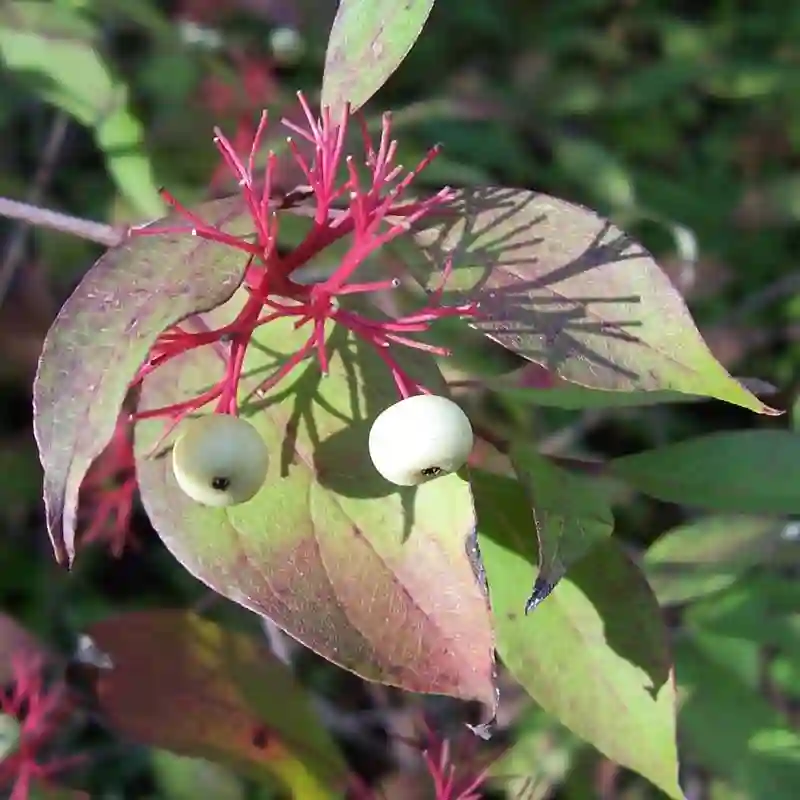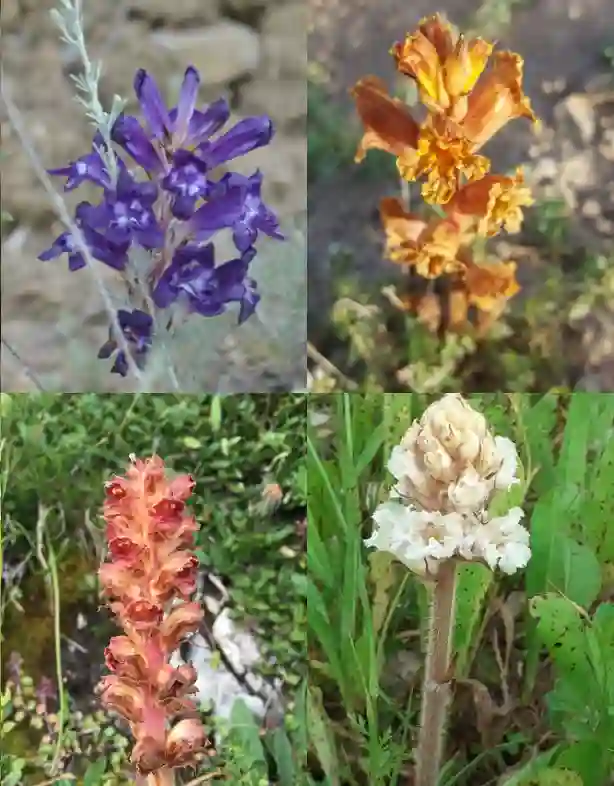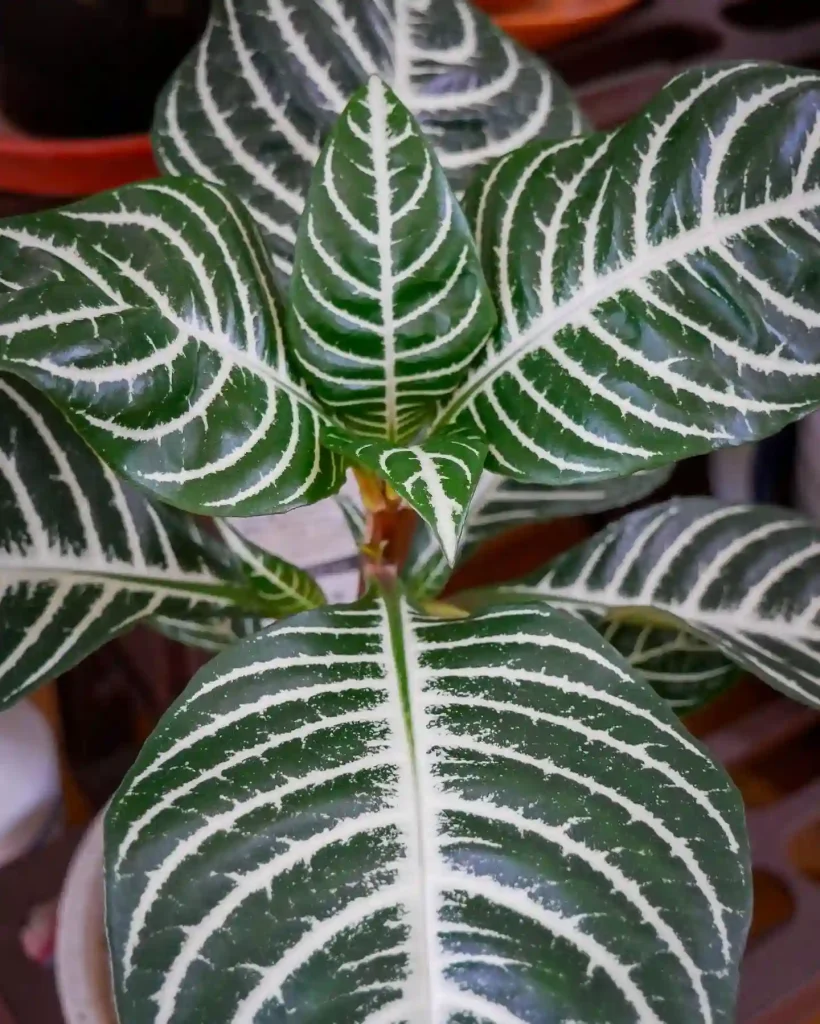All About the Quercus Polymorpha: A Frequently Asked Questions Guide
Hi there, Ferb Vu here! I’m a plant enthusiast with a particular fondness for trees. Today, we’re diving deep into the fascinating world of Quercus Polymorpha, also known as the Mexican White Oak, Monterrey Oak, or Nettleaf White Oak.
This North American beauty has captured the hearts of many with its resilience and adaptability. Whether you’re a seasoned gardener or just starting your botanical journey, this FAQ guide will equip you with all the essential information about the Quercus Polymorpha.
657 Species in Genus Quercus
What is Quercus Polymorpha?
The Quercus Polymorpha is a majestic oak tree native to Mexico, Guatemala, and Honduras. It boasts a wide range across these regions, thriving in diverse landscapes. Interestingly, there’s a single documented population in the United States, but its popularity as an ornamental has led to widespread cultivation across the southeast.
How big does a Quercus Polymorpha get?
Imagine a towering sentinel, reaching heights of up to 20 meters (67 feet). That’s the potential stature of a mature Quercus Polymorpha. Its impressive size makes it a captivating addition to any landscape, offering ample shade and a sense of grandeur.
What are the leaves of a Quercus Polymorpha like?
The leaves of the Quercus Polymorpha are truly a sight to behold. Elliptical or egg-shaped, they can grow up to 15 centimeters (6 inches) long. Unlike some oak species with deeply lobed leaves, the Quercus Polymorpha often features unlobed leaves or those with a few shallow, rounded lobes. The leaves boast a leathery texture, adding to their durability. But here’s the kicker – they’re also semi-evergreen! This means you can expect a touch of green throughout the year, even in cooler climates.
Quercus Polymorpha vs Muhlenbergii
Comparing Quercus polymorpha with Quercus muhlenbergii, I find the polymorpha to be more adaptable in a variety of soil conditions. It’s been a resilient performer in my garden, standing strong against drought and heat. On the other hand, the muhlenbergii, or chinkapin oak, thrives in limestone soils, and I love its rugged, majestic look. Both trees bring unique qualities, but the polymorpha’s versatility gives it a slight edge for me, especially in challenging growing environments.
Is the Quercus Polymorpha easy to care for?
The good news is, the Quercus Polymorpha is a relatively low-maintenance tree. It thrives in areas with medium water needs, so you won’t have to constantly monitor its thirst. Plus, its resistance to oak wilt and other common oak diseases makes it a worry-free choice for many gardeners.
What are the ideal growing conditions for a Quercus Polymorpha?
The Quercus Polymorpha is a sun-loving tree, so it prefers a location with ample sunlight exposure. While it can tolerate some shade, full sun will encourage optimal growth and a healthy canopy. When it comes to soil, well-drained options are key. The tree can adapt to a variety of soil types, but avoid overly wet or compacted areas.
Can I plant a Quercus Polymorpha in my climate?
The Quercus Polymorpha is generally considered cold hardy up to USDA zone 7, which translates to minimum winter temperatures of -17°C to -12°C (0°F to 10°F). If you reside in a colder region, consider planting it in a microclimate with some protection from harsh winter winds.
How fast does a Quercus Polymorpha grow?
Compared to some oak species known for their slow and steady growth, the Quercus Polymorpha is considered a relatively fast grower. This makes it a great choice for those who want to enjoy the benefits of a mature oak tree sooner rather than later.
Where can I buy a Quercus Polymorpha?
If you’re captivated by the charm of the Quercus Polymorpha and have the space to accommodate it, nurseries in Texas and the southeastern United States often carry this captivating oak tree.
What are the benefits of planting a Quercus Polymorpha?
There are numerous reasons to consider planting a Quercus Polymorpha. Here are a few key benefits:
- Provides majestic shade: This tree’s expansive canopy offers a welcome refuge from the scorching summer sun, making it a valuable asset in any garden.
- Enhances biodiversity: The Quercus Polymorpha attracts a variety of wildlife, including birds and squirrels, creating a vibrant ecosystem in your backyard.
- Air purification: Like all trees, the Quercus Polymorpha plays a role in filtering pollutants from the air, contributing to cleaner surroundings.
- Aesthetics: The beauty of this oak tree is undeniable. Its elegant form and evergreen foliage add a touch of sophistication to any landscape.
Final Thoughts
The Quercus Polymorpha is a remarkable tree with a unique character. Its resilience, adaptability, and captivating presence make it a coveted addition to landscapes across North America. By providing the right care and conditions, you can cultivate this magnificent oak and enjoy its beauty for generations to come.
Remember, I’m always happy to answer any further questions you might have about the Quercus Polymorpha or any other botanical wonder. Happy planting!
If i die, water my plants!



